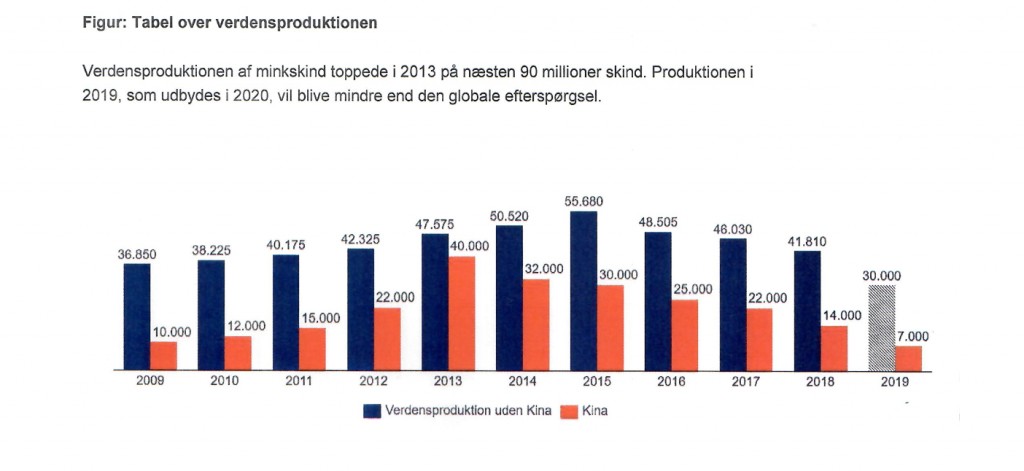
Global fur production has plummeted dramatically over the past decade, dropping from over 81 million mink and fox pelts in 2012 to fewer than 15 million in 2023, marking a historic decline in the controversial industry.
This sharp decrease stems from multiple factors, including recent bans on fur farming across Europe due to animal welfare concerns. The Netherlands, previously a major mink producer, ended fur farming in 2021 following COVID-19 outbreaks at farms. Norway banned the practice in 2018 after discovering animal welfare violations, while the United Kingdom and Austria prohibited fur farming in 2003 and 2005 respectively.
The industry faces mounting pressure as more countries move to end fur production. Romania, Latvia, and Lithuania will implement bans by 2028, while Spain is gradually phasing out mink farming. The European Union may consider a continent-wide ban next year, which would reshape the industry landscape substantially.
Even in countries without bans, the sector struggles with declining demand as consumers become increasingly aware of animal welfare issues. China, the world's largest producer, has experienced significant production drops. The Greek fur industry, traditionally focused on the Russian market, faces severe challenges due to sanctions.
The future looks uncertain for remaining major producers like Finland and Poland, where documented infractions of animal welfare standards have led to public petitions and parliamentary proposals seeking to end fur farming.
This declining trend reflects changing consumer attitudes and growing recognition of animal welfare concerns, suggesting the fur industry's downward trajectory may continue in coming years.